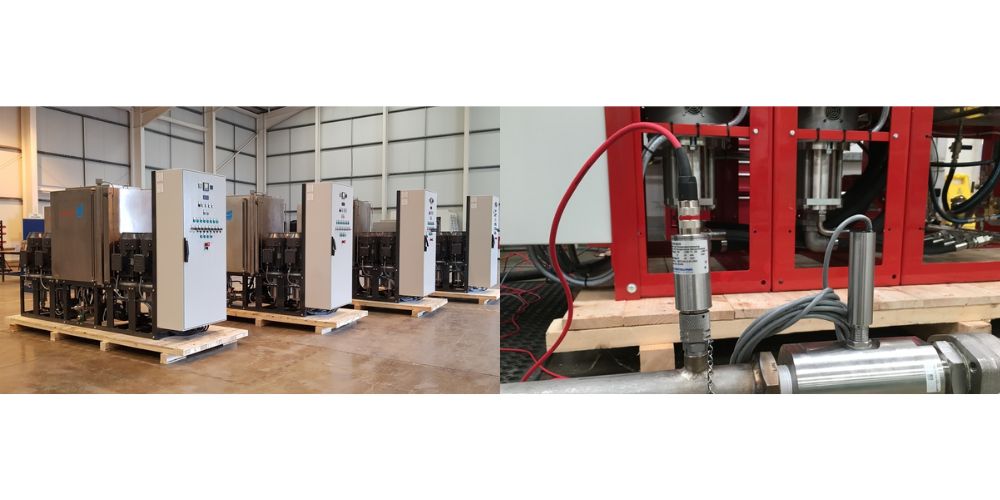Fire suppression systems all rely on an understanding of the principles of the Fire Triangle, which is a simple model for understanding the necessary ingredients for most fires. The triangle illustrates the three elements a fire needs to sustain and grow: heat, fuel, and oxygen. A fire naturally occurs when the elements are present and combined in the right mixture. A fire can be extinguished by removing any one of the elements in the fire triangle.
Finely atomised water mist particles instantaneously convert from water to steam on contact with the fire, thus providing a cooling effect and reducing the heat content in the fire.
Without sufficient oxygen, a fire cannot begin, and it cannot continue. With decreased oxygen concentration, the combustion process slows. Water mist systems operating create a shield around the fire, preventing fresh oxygen from reaching the seat of the fire.
Because of the high velocity discharge and pressure, oxygen is further driven away from the fire, depriving the fire of the oxygen required to sustain.




